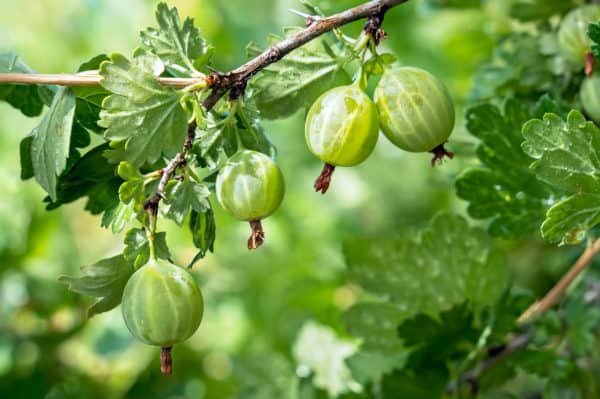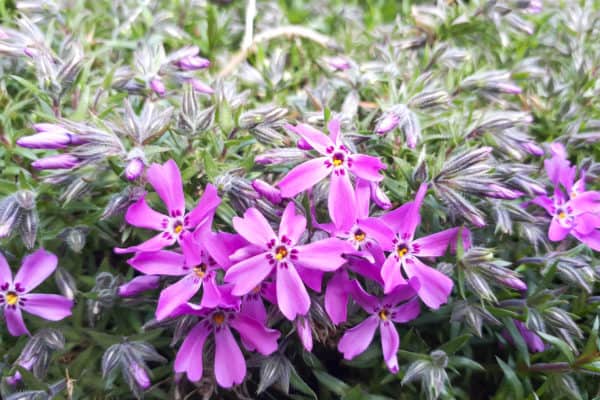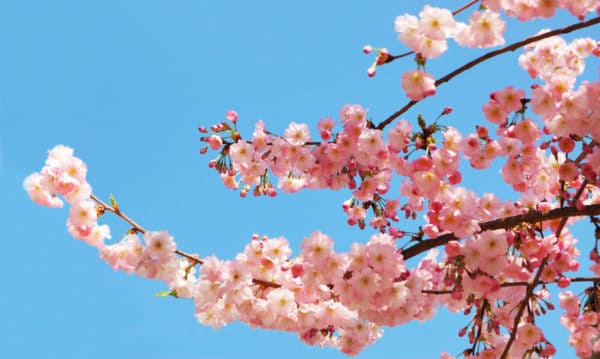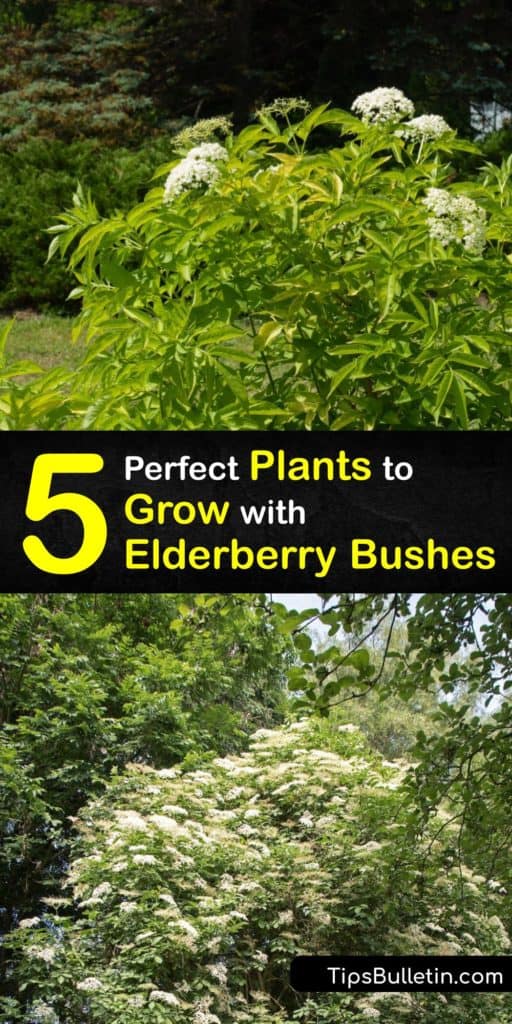Elderberry plants belong to a genus of flowering plants, and various species within are known as elder or elderberries. These plants blend well into ornamental landscapes and even work as trap crops for keeping pests away from your garden. This article lists several elderberry companion plants to grow alongside your elders to make the most of this shrub.
When looking for what to grow with elderberries, it’s crucial to know that companion planting elderberry plants is a divisive topic.
Commercial growers suggest not planting many things near elderberry plants to limit competition for soil nutrients. However, the elderberry has an important role when creating permaculture groupings.

What to Plant with Elderberries (Sambucus canadensis)
Elders are often underutilized but make perfect companion plants to add to any flower garden design no matter what your elderberry growing zone.
A few varieties of elderberries add different colors to the garden, like the European elderberry Sambucus nigra, with their white flowers, while some cultivars like Black Beauty or Black Lace grow pink flowers. Grow elderberry from cuttings or plants that were started at the nursery.
As long as you meet the elderberry sun requirements, you should end up with a great crop of berries. Elderberry shrubs enjoy full sun and full shade and anything in between. Because of this versatility, elderberry companion planting involves most plants that want the shade, allowing your elderberry plant to take in the sun.
Fruit trees also make good companions while allowing your elderberry plant to grow beneath in the shade.
Planting Ribes as Elderberry Companion Plants

Ribes belong to a genus of flower plants with currants or gooseberries. Some are cultivated for their fruits, while others become ornamental plants.
Because Ribes enjoy acidic soil, planting them with elderberries makes them a great companion. Like elderberries, Ribes require moist soil and cannot handle drought conditions.

These similar growing conditions make Ribe plants an excellent addition to your garden when companion planting elderberries.
Unlike elderberries, Ribe plants become scalded if they receive full sun and prefer shady growing locations. Sensitivity to the sun makes them perfect for planting under your elders, allowing them to benefit from their height.
Planting Elderberries with Elderberries

Planting elders together might seem redundant; however, to get maximum fruit production, growers recommend you grow different varieties together.
The two most common types are the European and American elderberries. Plant at least two different cultivars within 60 feet of each other for the best berry production. and practice the best way to fertilize elderberry bushes to maximize yield and berry taste.
You won’t receive any berries the first year after planting as the bountiful result of your companion planting won’t show up until the second and third years.
Watch for Black Lace elderberry problems as they grow. Address aphids and other bugs quickly to keep them from infesting your plants.
Winterberries as Elderberry Companion Plants

If you’re looking for what to plant with elderberries, winterberries grow on shrubs similar in height to elderberries. They’re a perfect companion as neither outgrows the other in competition for sunlight.
Elderberries added to an area help stabilize moist soil or provide groundcover, while winterberries are year round bushes with color that attract birds after their leaves drop.
Using Flowering Plants When Companion Planting Elderberries

We suggest planting flowering plants like phlox and bee balm to add pops of color when planting elderberry plants with black foliage.
Phlox and bee balm benefit from the shade provided by your elderberry tree, and as flowering plants, they draw in pollinators and other beneficial insects.
With at least two varieties planted in the area, and pollination happening thanks to pollinators like bees, your elder shrubs should start producing plump berries after their first year.
Companion Planting Elderberries Under Trees

As trees take a while to grow, instead of planting new saplings, if you have existing fruit trees or pine trees in your yard, consider planting your elderberry plant alongside them.
Elderberries, like most shrubs, enjoy slightly acidic soil, so growing them in the shaded area in the base of a pine tree is a great way to fill the space in your garden design.
Elderberries also make good companions for cherry trees. As elderberries are a food source for birds, having one near other fruit sources protects other plants from being preyed on if you don’t mind sacrificing some berries.
Harvest and Usage for Elderberries
Your berries are ready for harvest starting in the early summer of their second year, through late summer or early September.
To harvest your dark purple berries, cut the clusters they grow on with shears or scissors below the base of the berries.
Gather berries in a basket and move them inside to remove the berries from their stem. Do not consume the stem or leaves of elderberries as they are toxic.
Harvesting tip: place your clusters in the freezer for a few hours. Shake the clusters to allow the berries to fall off quickly instead of picking berries off individually.
Consuming Elderberries
For safe consumption, elderberries must be cooked, dried, or processed. Although the berries are not as toxic as the stems and leaves, eating a few raw berries may cause an upset stomach. However, we do not recommend eating any raw.
To dry your berries, place them in a pot of water and allow any debris to float to the top before you scoop it off. Filter the berries through a colander before letting them dry onto a paper towel to remove excess moisture.
Spread the berries out on a drying tray and either lay them in the sun or place them in the oven for half an hour on a low setting until dry.
Outside of their common use in fritters, elderberries are full of antioxidants and vitamin C and make a great herbal medicine to boost the immune system, promote bowel movements, and fight infections, among other benefits.
Bring your berries, water, cinnamon, cloves, and ginger to a boil in a pot. Reduce the heat, cover, and simmer until half of the liquid evaporates. Allow the liquid to cool then drain using a fine strainer or cheesecloth.
Press the liquid out of the berries with a spoon, add honey to your liquid, and mix. This syrup stores well in an airtight glass container for two months when refrigerated.
Note: Red elderberries (Sambucus racemosa) are highly toxic, and their red fruits should never be consumed.
Planting Elderberries
Elderberry shrubs are low-maintenance growers Some grow elders to harvest the berries, while others let the wildlife have the fruits and use the small trees in a hedgerow or landscaping for their vegetable garden.
Growing Elderberries
The best time to plant elderberries is in early spring in the morning or afternoon to avoid the day’s peak heat.
The USDA’s hardiness map lists zones three through ten as good growing zones for elderberries which cover most areas in the United States.
Elderberries enjoy well-draining, loamy soil. If your soil is too sandy, adding organic gardening material helps with the quality.
After planting, you may need to weed a little, but as elderberries do not like their roots to be disturbed, weed carefully or add mulch to minimize weeds.
Allow your elderberries to grow freely for the first two years after planting. Following this, prune the bushes to remove dead areas or branches that have grown too long.

We hope you found our suggestions for elderberry companion plants helpful and consider sharing our ideas of what to plant with elderberries with your close friends on Facebook and Pinterest.